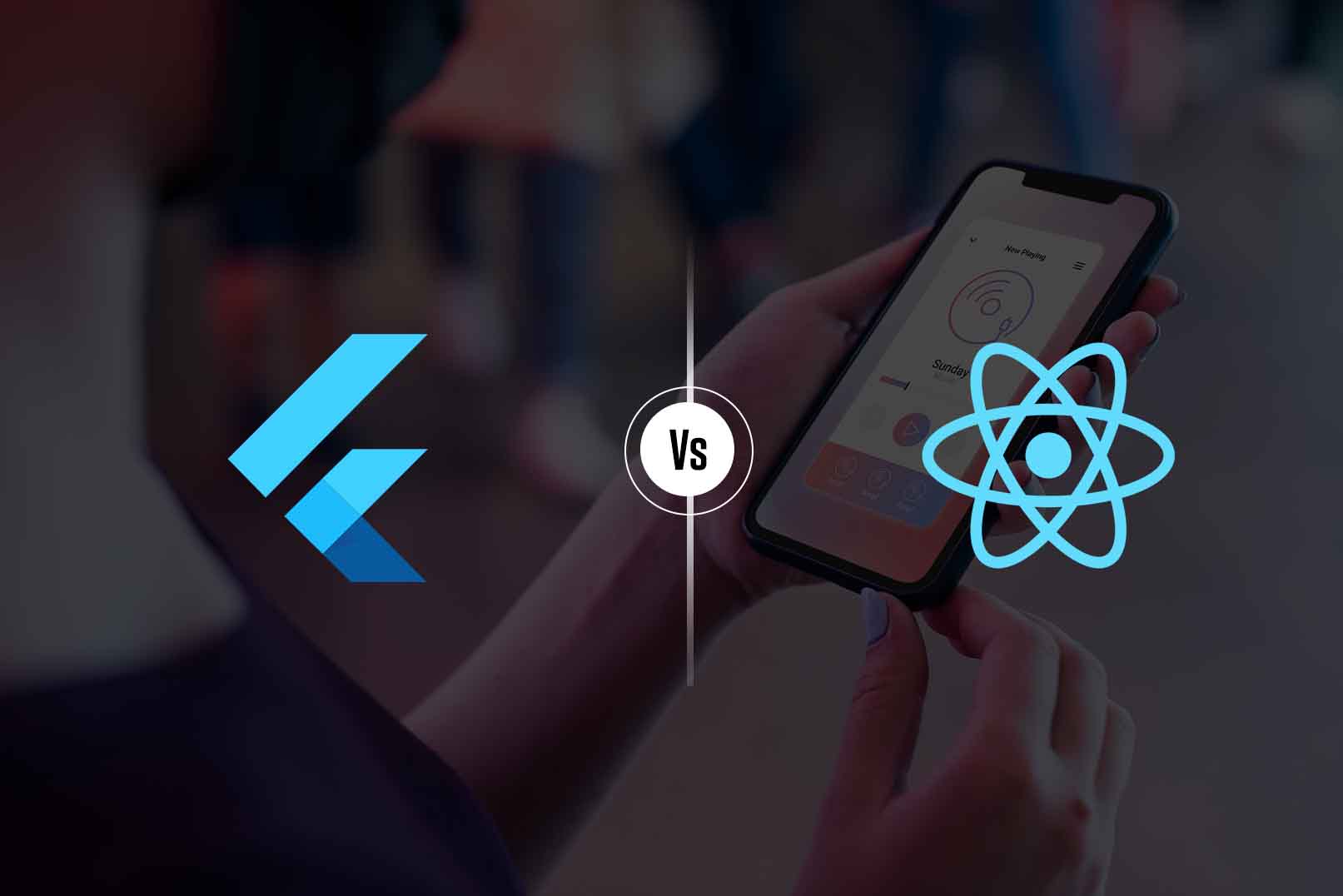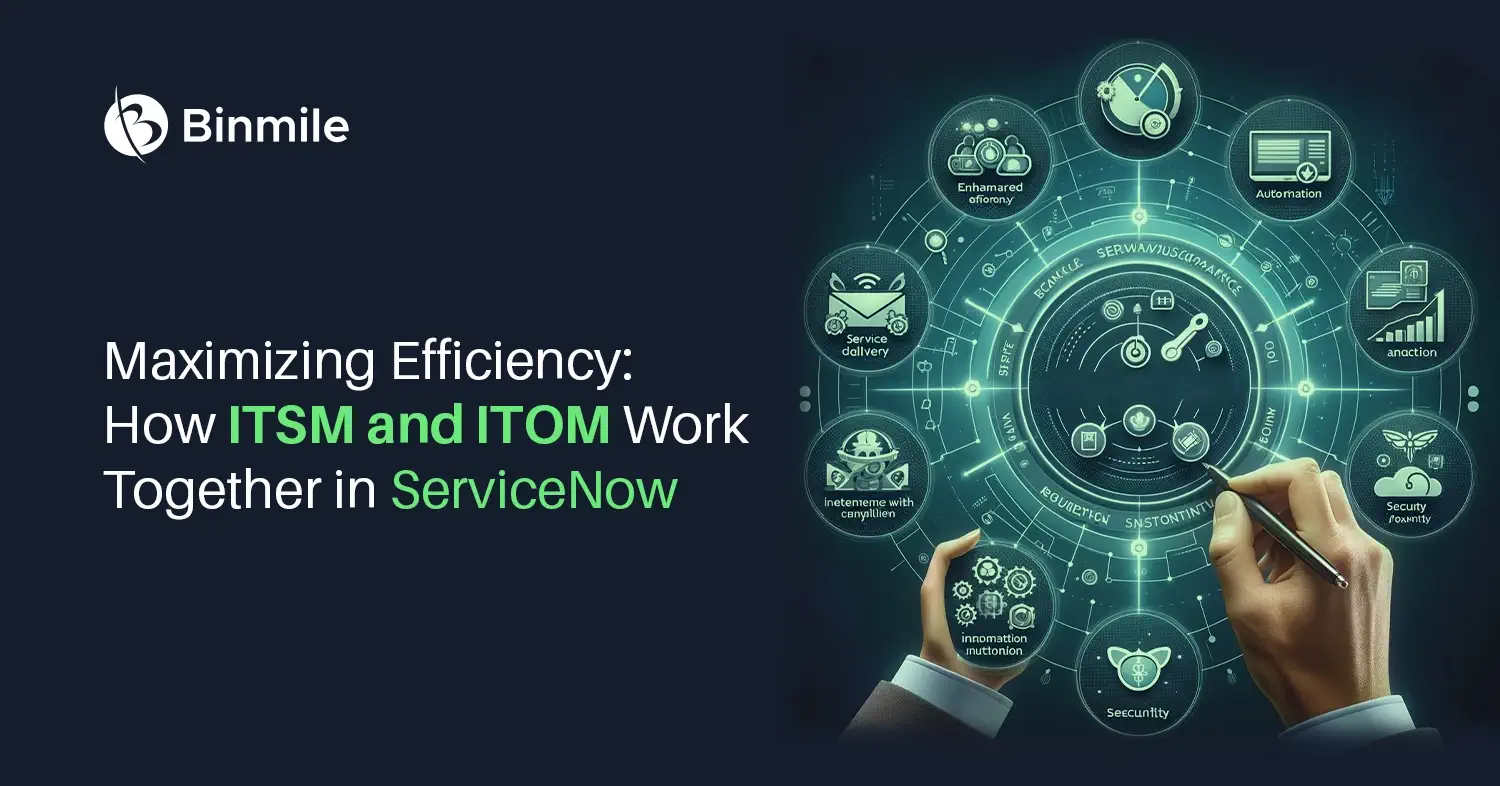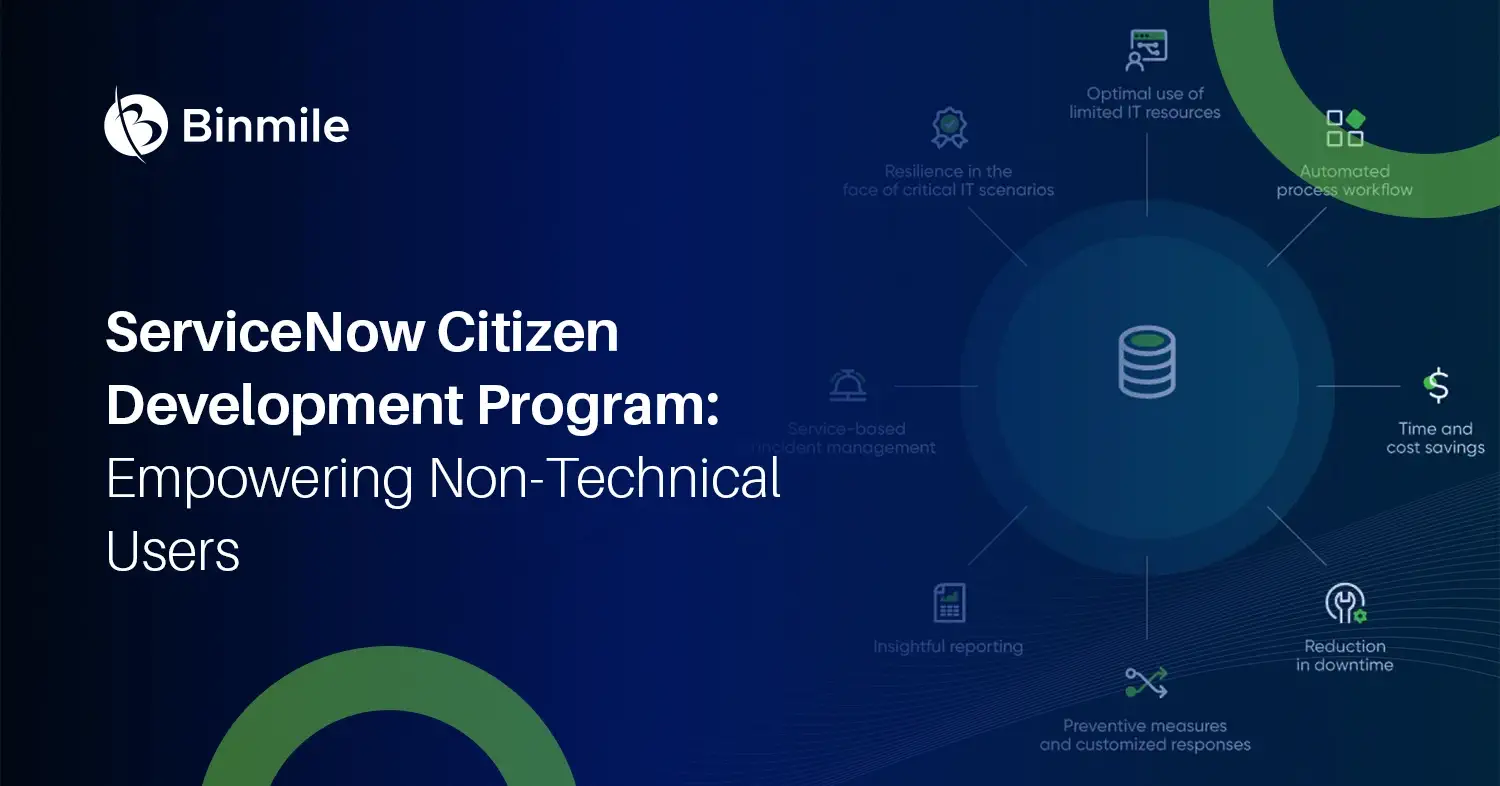It is always hard to pick the most useful web and mobile app framework that conveniently helps you fulfill all business and technical needs. Flutter vs. React Native has been a healthy debate among developers interested in saving their time and efforts. Let’s understand both framework types and differentiate them for a proper selection.
What is React Native?
Running on JavaScript, React Native is a famous open-source framework that focuses on the native rendering of apps compatible with Android and iOS. The framework is written with JSX, an amalgamation of JavaScript and XML -Esque markup. Backed by Facebook, this framework is being handled by more than 50 dedicated engineers. Popular apps like Bloomberg (Streamlined content with automatic code refreshing features), Facebook (Mobile UI with simple navigation), Instagram (WebView implementation without building navigation infrastructure), SoundCloud (Bridged the time gap for iOS and Android), Walmart (Smooth in-app animations), and Wix (Configurable navigation development) are made with React Native.
React Native Market Usage Stat
Surveys from the popular market research company Statista show that about 42% of developers used the React Native framework to develop cross-platform apps. According to Stack Overflow, about 11.5% of developers like to go with React Native due to its libraries and native tools and libraries, the Q/A website for programmers. The website also states that about 8.5% of the developing communities have shown their love for using React Native.
Pros: Native rendering, performance, ecosystem, debugging, and hot-reloading features
Use Cases of React Native
- Native-like apps with responsive UX using FlexBox
- Apps that operate with synchronous APIs
- Apps with simplified UI and reusable components
- Quick prototype applications
- Simple cross-platform apps
Also Read: Types of React Native Apps Business Should Build
What is Flutter?
Flutter is an open-source framework that developers use to build cross-platform apps with a single codebase. The framework functions with Dart, Google’s language. It helps develop flexible and expressive UI with native performance. Moreover, Google developers support the framework. Flutter helped these popular apps Google Ads (Portable user experience in iOS and Android), Tencent (Device experience built with least resources), Alibaba (Single-tap navigation experience for apps), eBay (autoML creation with edge-powered AI features), BMW (High-performance user interfaces with flutter_bloc), Reflectly (Improve data migration and synchronization).
Flutter Market Usage Stat
Statista survey reports that about 39% of developers go with Flutter to build cross-platform mobile apps at the global level. StackOverflow states that 68.8% of the developing community loves to use Flutter. Due to the popularity of libraries and tools, 7.2% of the community chooses the framework: Flutter.
Pros: Hot-reloading, rich widgets, seamless integration, quick shipping, and code sharing.
Use Cases of Flutter
- Advanced OS plugins with simple logic
- Apps that function with OS-level features
- Apps with material design
- Flexible UI with high-level widgets
- High-performance apps with Skia rendering engine
- MVP applications
- Reactivate apps with vast data integration
Read More: Top Flutter App Development Trends
React Native vs Flutter: From the Perspective of a Developer
Flutter and React Native frameworks have their pros and cons. When it comes to picking any one of them, developers can assess both frameworks on the following points.
Programming Language
React Native app development uses JavaScript language to build cross-platform mobile app. Lots of companies have utilized RN as a no-brainer due to its unique features and added benefits. It can be good and bad for development needs simultaneously. Flutter app development uses the syntax of the Dart programming language and easy-to-follow documentation that is easy to understand for Java developers. It also supports many object-oriented concepts. The React Native framework is easy to adopt. Dart also has unique features, but developers use it rarely. Here, RNs have an edge.
Build & Release Automation Support
Flutter has a great build automation tool to create the binary for the app. Flutter is officially documented and can be used to deploy apps from the command line. Contrary to this, RN apps lack support for the CLI tools. These tools are supported for building automation officially. However, it has a manual process for app deployment from Xcode.
Community Support
Launched in 2015, RN has gained popularity. Now, it has an RN community and resources. On the other hand, Flutter is relatively new, but it has a rich set of testing features. Still, Flutter runs behind RNs in terms of community support.
Developer Productivity
RN is suitable for skilled developers who know how to make the most of cross-platform app development. Hot reload features of RN help developers save time while making UI changes. But, Flutter can be easy for all developers with a hot reload feature. RN is a mature framework, and it offers excellent developer support. When it comes to developer productivity, Flutter needs to grow.
DevOps Services and CI/CD Support
Flutter apps are easy to set up on CI/CD services with the help of strong CLI tools. The rich command-line interface of Flutter allows developers to set up CI/CD pipelines easily. On the other hand, RNs don’t need any official documentation to set up CI/CD.
Installation
RN framework installation becomes very easy with Node Package Manager (NPM). The NPM can install the packages globally and locally. You can download the binary from GitHub for Flutter installation. Flutter improves the installation process with package managers. Flutter and RN lack installation with native package managers. Flutter installation may need extra effort to add the binary and download from the source code. Flutter is useful for non-JavaScript developers and can be installed with package managers and without downloading the binary.
Technical Architecture
RN architecture largely depends on and uses JS runtime environment architecture or JavaScript Bridge to communicate with native modules. RN uses Flux architecture from Facebook. Flutter uses the Dart framework that has the Skia C++ engine to develop mobile apps. It has everything that you need for the development of apps in the engine itself. Flutter engine hardly needs a bridge to communicate with native components. On the other hand, RN uses the JavaScript Bridge for the same communication, resulting in poor performance.
Testing Support
There are a few unit-level testing frameworks available in the JavaScript framework. RN doesn’t have any official support for a few testing types. Flutter has great documentation on Flutter app testing. Moreover, it has a rich set of testing features.
UI Components and Development API
The core RN framework offers UI rendering and APIs. RN depends on 3rd party libraries to access native modules. But, the Flutter framework comes with many libraries, widgets, UI rendering components, device API access, navigation, and testing. Flutter framework doesn’t need 3rd party libraries for mobile app development. Flutter widgets allow developers to render the UI on iOS and Android platforms. Here, Flutter gives developers an edge.
Also Read: Flutter vs React Native vs PWA
Flutter vs React Native: Right Framework for Your Next Project
A competent and skilled mobile app development companies can help you get the best out of the two most competitive frameworks. Going with a particular framework among so many available options is not easy. Here, you need to make a decision and go with Flutter vs. React Native as per your changing business needs.
React Native
React framework can help build simple native and cross-platform apps. Choose RN to scale existing apps with cross-platform modules, develop lightweight native apps, create shared APIs, build a highly responsive UI, and invest time and money in the project.
Flutter
Flutter makes a big difference when it comes to creating multiple iterations and MVP apps. Go for this framework if you don’t need full native functionality. Companies with a tight budget and delivery deadline can adopt this framework. It is good to deploy and write codes faster. It brings app development costs down with a single codebase option. This framework can do wonders if you need an app that performs at high speed. Moreover, you can have customized UI with widgets with Flutter.







